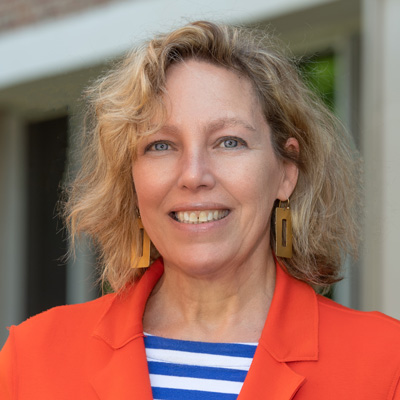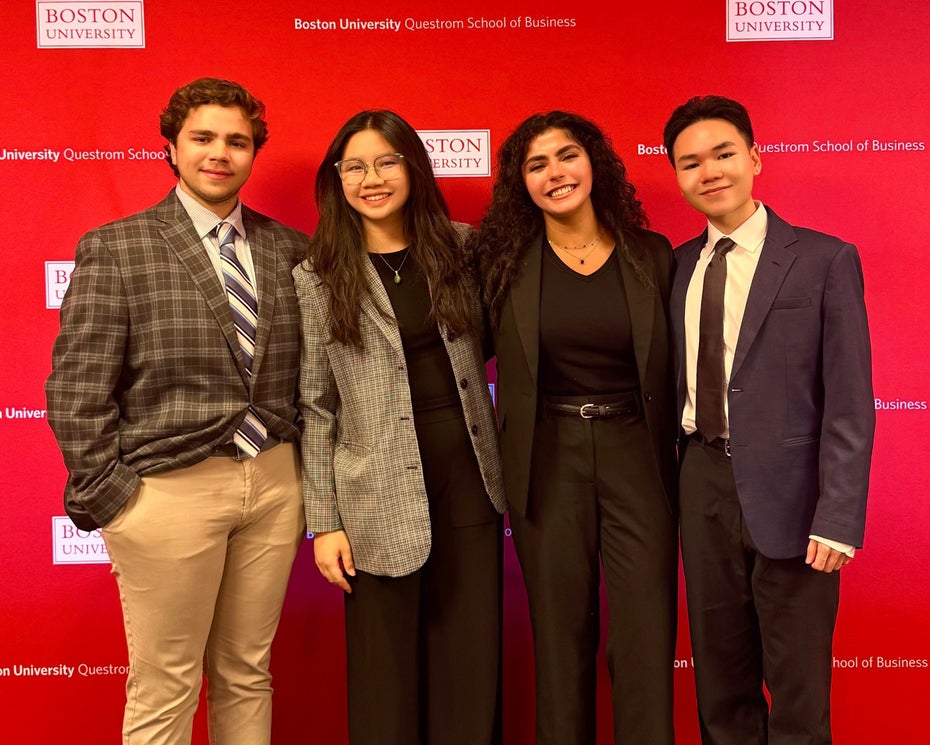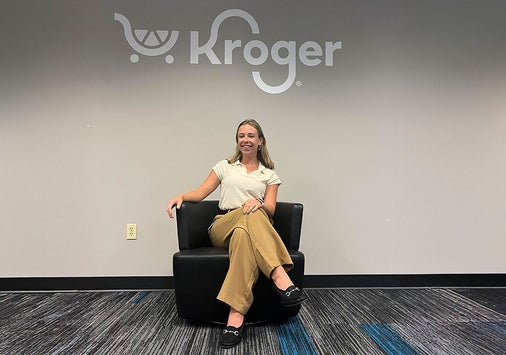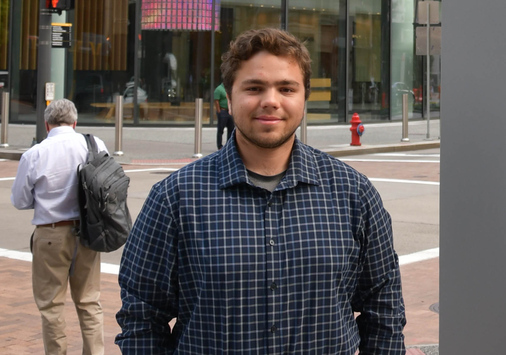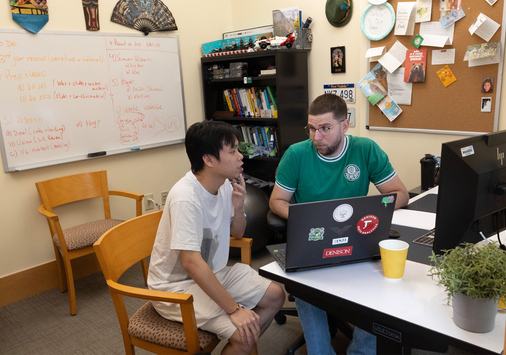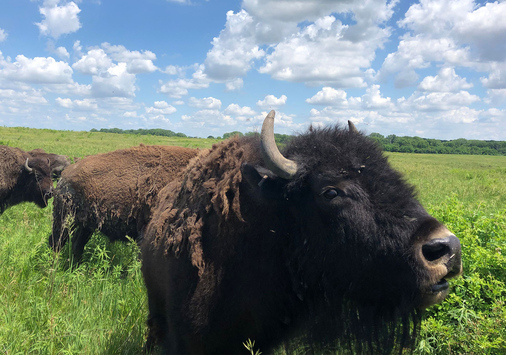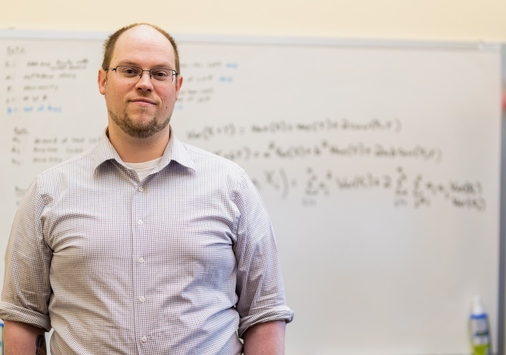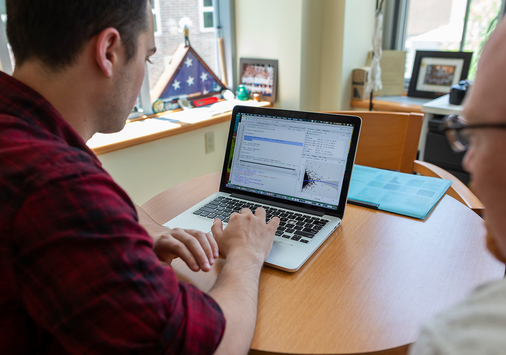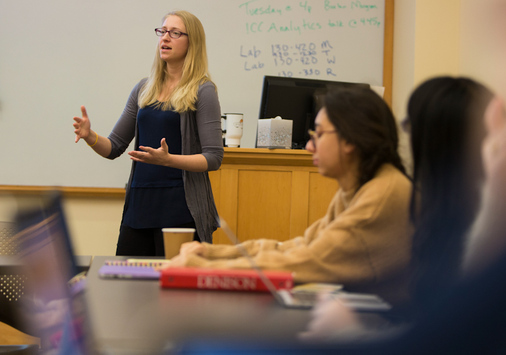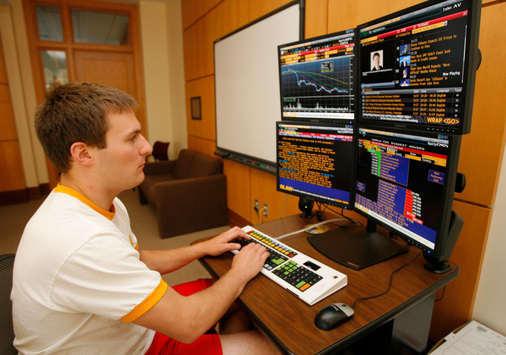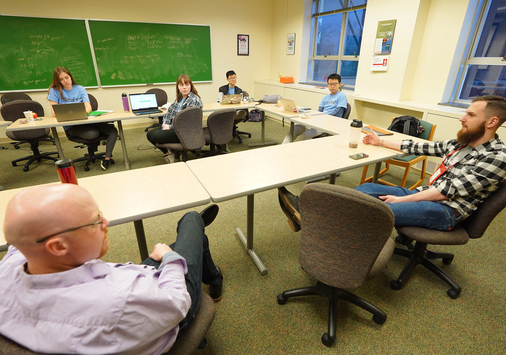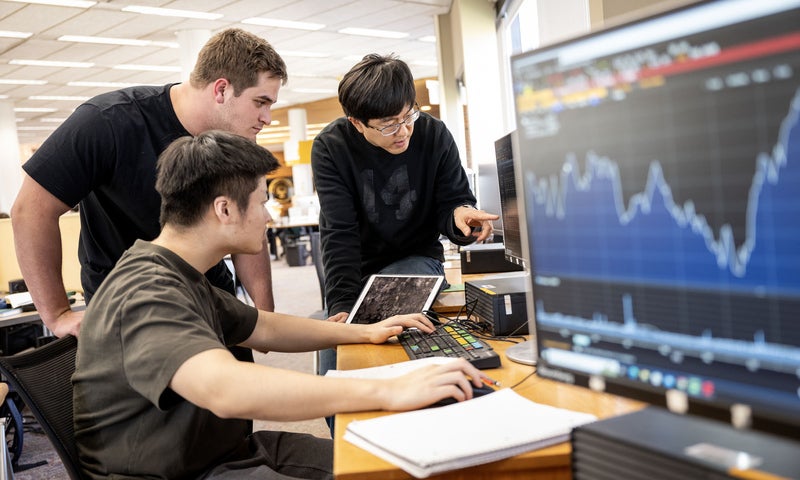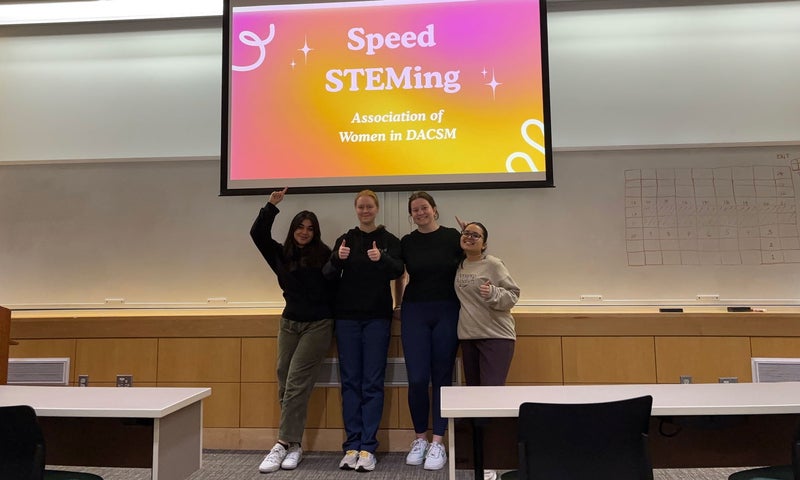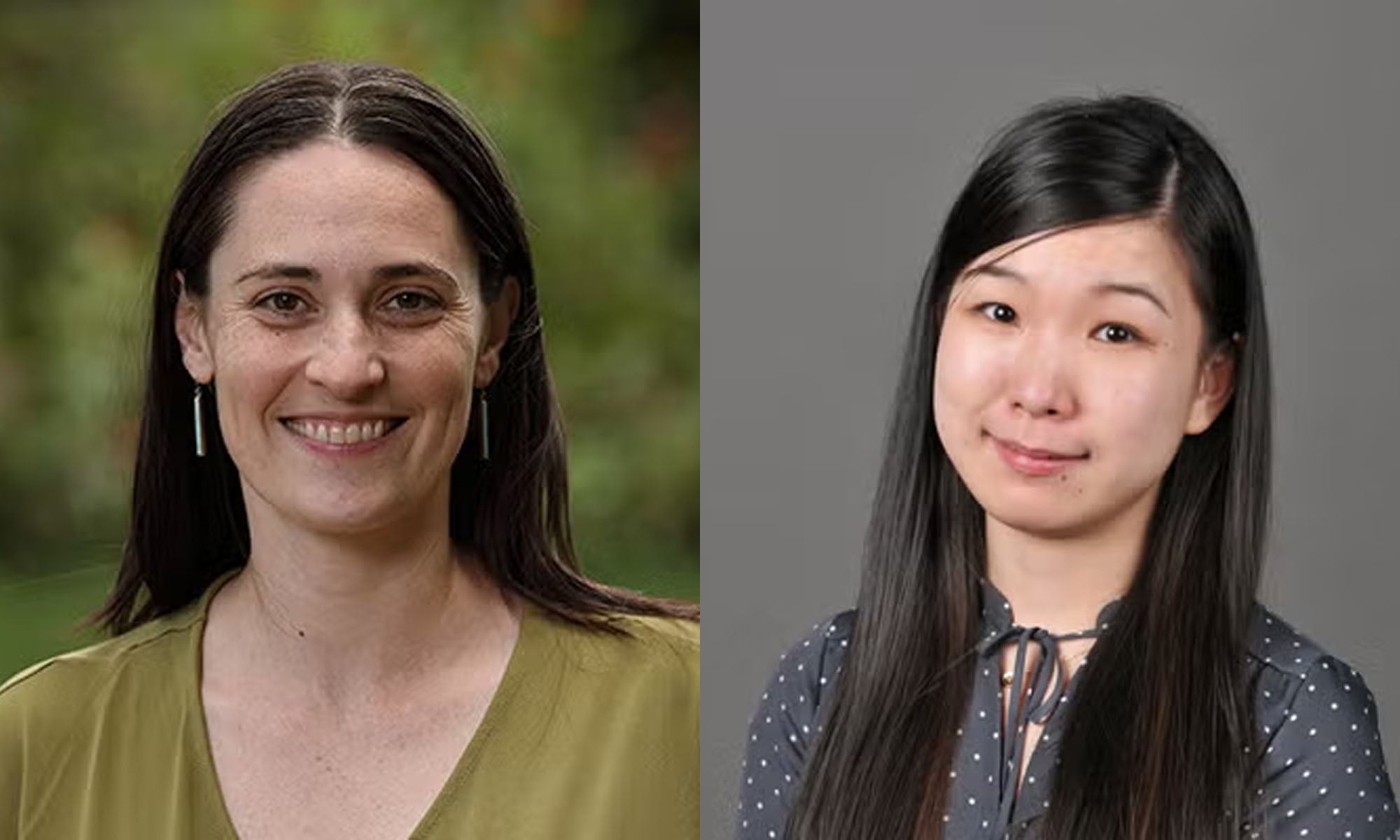
Two Denison faculty members, Mary Elizabeth Beaton, assistant professor of Spanish, and Zhe Wang, assistant professor of data analytics, documented generational changes in the conditioning of coda /r/ manner of articulation in Lorain Puerto Rican Spanish.
In a paper recently published by De Gruyter Brill, Beaton and Wang said that while, “Our understanding of these forces for change in heritage languages — majority language influence, loss of prescriptive norms, and minority dialect contact — is still emerging, in the context of bilingual/bidialectal societies formed through (im)migration, language change spurred by contact can be observed most clearly through changes across sociolinguistic generations.”
They go on to explain: “First generation individuals (G1), who arrive as teens or as adults, learn the majority language of the new society as a second language. They have extensive experience with their first language in a variety of registers, including exposure to formal education and prescriptive norms. Those who arrive as children or are born to first-generation parents often learn their parents’ language from birth, but by early childhood, most of their social and educational interactions take place in the majority language. Thus, minority language changes from first to second generation (G2) can arise through contact with the majority language, as well as through the loss of prescriptive norms. Further complicating this picture, speakers of minority languages often have contact not only with the majority language, but also with other dialects of the minority language. This can lead dialects to become more like each other; for example, Aaron and Hernández (2007) find generational shift of /s/ productions in Salvadorans in Texas, with more Mexican-like productions in second-generation individuals.”
